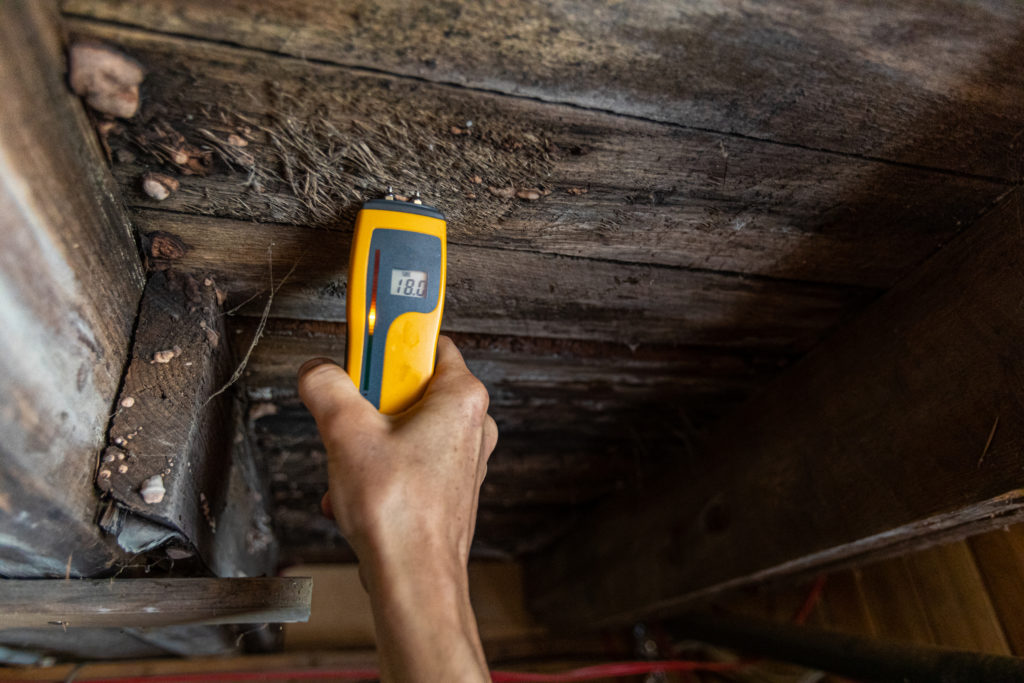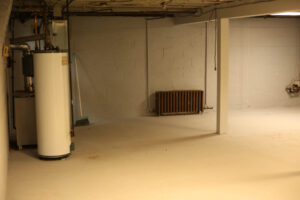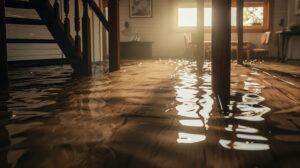Many people do not even realize they have a crawl space beneath their home, let alone have a look inside. While this space is meant to elevate the home’s wooden structure from the ground beneath and provide access for some utility engineers, it is also a breeding ground for toxic mold. Have you discovered that your crawlspace is damp? Or even worse, have you discovered mold?
Why Does Mold Accumulate?
For mold to flourish, it simply requires a damp environment and access to a food source. A typical crawl space is ventilated, and there is little to stop warm, moisture-laden air from entering. If left unchecked, the mold can quickly take hold and feed off the exposed timber and soil. Microscopic spores will break away and penetrate through tiny cracks and fissures into the living space above.

Challenging Problem
It’s difficult to keep moisture levels low in a typical crawl space for several reasons. To begin with, moisture tends to travel upward from the ground below, especially if the builders did not install a vapor barrier. Sometimes, condensation can build up on the outside of pipes that may also crisscross this area.
Three Types of Mold
While there are many different types of mold, three are most likely to set up a home in your crawl space.
Black
Black mold is the most toxic, with the highest levels of mycotoxins. It has a powdery or fuzzy appearance. Some people refer to this as the “toxic” mold, although all types of mold can lead to symptoms in sensitive people. Strangely, black mold can have a green appearance and may also have a distinctive odor. It tends to grow in clusters and can quickly colonize an area once it takes hold. All it needs is some moisture and a source of food, together with generally warm or humid conditions.
Yellow
Yellow mold can cause the most damage to the wooden infrastructure of the building. It attaches to the structures and has a “flat” appearance. There are many different types of yellow mold, some of which can be intensely yellow, while others may have a “slimmer” consistency. Some experts claim that this type of mold is a single-cell organism rather than a fungus, but you won’t want it around either way. Some types of yellow mold actually turn gray as they get more mature.
White
White mold has a fuzzy appearance and tends to sprout on top of exposed soil. It also likes to feed on damp, wooden joists. White mold can grow readily in a crawl space, and while it may not be as potentially toxic as black mold, it can still produce toxins and should be eliminated.
To grow, mold needs both moisture and a food source. Unfortunately, the typical crawl space has high humidity and moisture levels, while wooden beams and joists represent a good food source. White mold can also feed off any exposed soil in the crawl space.
Health Risks
As the mold grows and the spores find their way into the home above, sensitive individuals may suffer. They may inhale the spores and could start to cough, sneeze or find difficulty breathing. They may develop a stuffy or runny nose, itchy and red eyes, or itchy skin. Those with asthma or a complex allergy could develop an even more serious reaction.
But how long does it take to show signs that you may be suffering from mold inhalation? According to experts, it depends on the sensitivity of the individual. If people naturally have an allergy to mold, then the immune system will go into overdrive when exposed, and this can happen immediately. Also, sickness may depend on the amount of mold present, with the greater the infestation, the larger the risk. And, if you spend a lot of time indoors, your risk for exposure goes up, thus increasing the chance that symptoms may develop.
No amount of mold is acceptable in a crawl space. In addition to the health risks for those who live above, a mold infestation can lead to decay and wood rot. It could also cause wooden floors to warp and paper to peel off the wall, so you need to take action to remove it as soon as possible.
Crawlspace Solutions in NJ & PA
DryMaster will make sure the end result is a clean, dry, and healthy crawlspace that will help green your home and keep the temperature, humidity, and energy bills at a comfortable level year-round. Call DryMaster today to schedule your free estimate.



